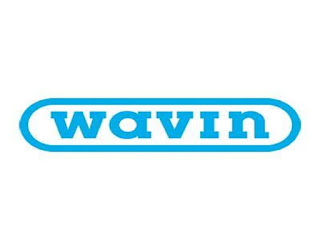Understanding The Different Applications of PPR Sanitary Pipe Fittings and Pipes
1. Generally, PPR pipes and fittings are widely used for installing hot and cold water systems. This is on account of their ability to withstand higher temperature variation. They can withstand both high and low temperatures without cracking. Moreover, PPR pipe for hot water supply has low thermal conductivity to ensure that it retains the ideal temperature without loss of energy.
2. For industrial applications, PPR piping system is preferred owing to its chemical inertness and resistance to chemicals, including several harsh acids, bases and salts. Even when chemical fluids are discharged through these pipes, PPR pipes and fittings do not get corroded or damaged.
3. PPR pipe fittings are also used in purified water supply systems. The durability of the PPR fittings and reliability of the fittings in connecting systems makes them a better choice of fittings for these pipe networks as they ensure that the entire system is reliable and can serve with efficiency over a longer period of time without causing leaks of precious drinking water.
4. For water drainage applications too, PPR sanitary pipe fittings and pipes are widely used on account of their high chemical inertness. This implies that they do not get easily corroded by chemicals and provide durable and reliable performance over their long service life.
5. Pipes and fittings of PPR are also used in the installation of central air conditioning systems in buildings of different types. The PPR fittings provide the appropriate complement to the PPR pipes which must be looped through the building to provide the air conditioning to different rooms.
For the best quality PPR pipes and fittings for domestic, commercial and public installations, explore the comprehensive range of solutions from Wavin, the leading manufacturer and supplier of sustainable plastic pipes and fittings. Wavin’s range of PPR pipes and fittings are available in different pressure classes and can be connected with both butt welding and electrofusion techniques to provide secure connections for leakproof efficiency.




Comments
Post a Comment